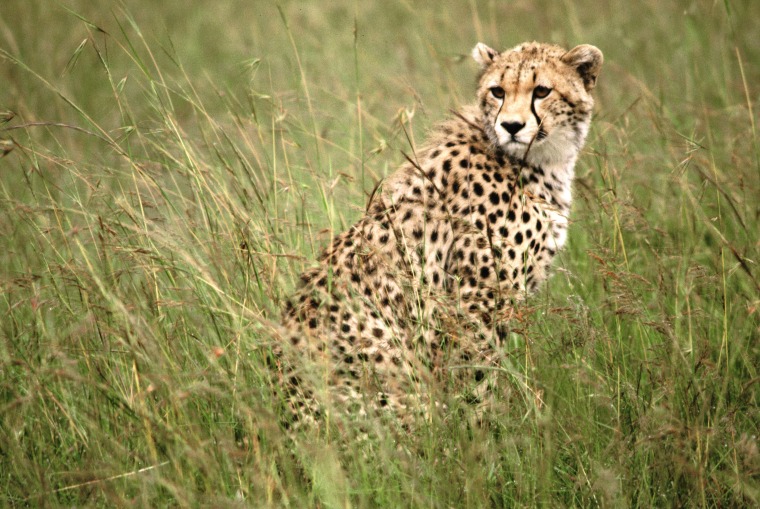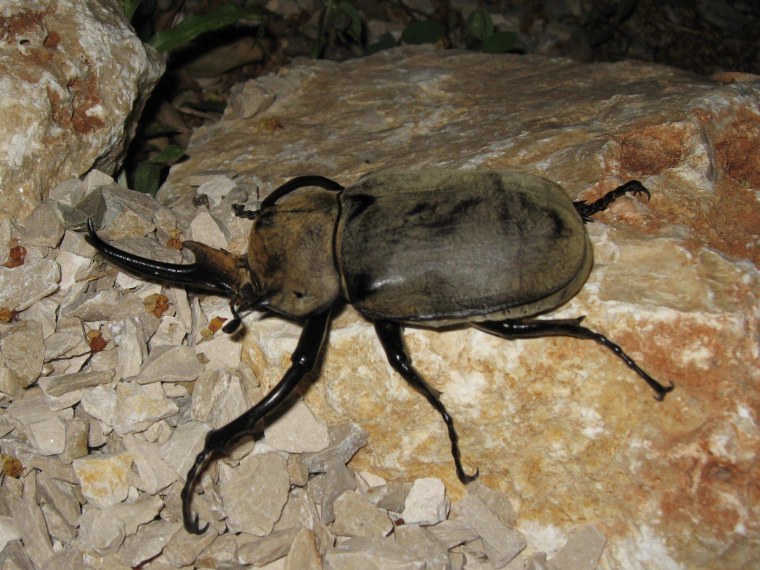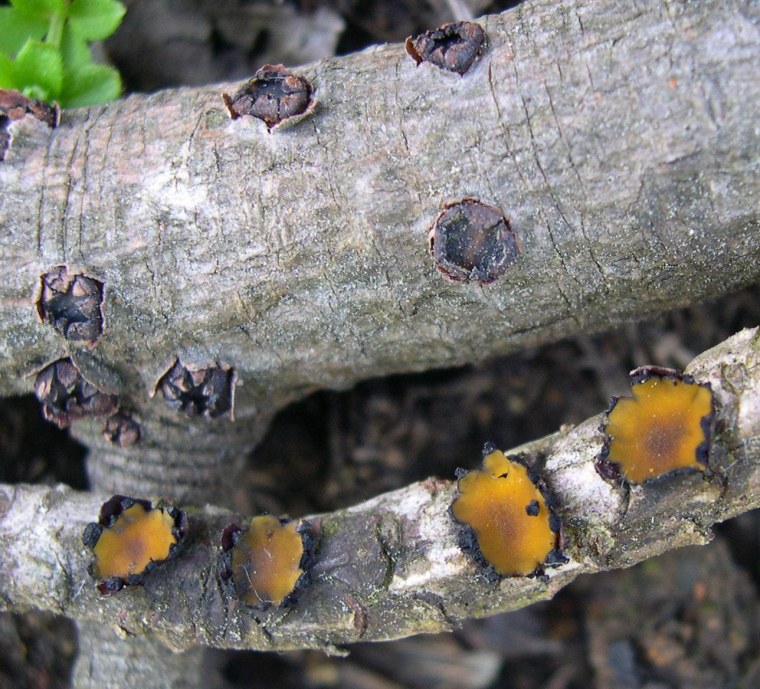
The Olympics is a time to celebrate the world's fastest and strongest humans, but you can rely on the International Union for the Conservation of Nature to put the best of human performance in perspective. They've just come out with their list of Olympians for the natural world — champions that range from the fleet cheetah to the humble fungus.
"While celebrating the achievements of talented athletes across the world this summer, we should also take the time to appreciate these incredible species," the IUCN says in today's Olympian roundup. Here are some of the conservation group's medalists for 2012:
Sprint: Cheetahs (Acinonyx jubatus) can bolt at 70 mph or more for short bursts, making them the world's fastest land animals. In comparison, Jamaican sprinter Usain Bolt is credited as the fastest human, with a top running speed of 27.79 mph. Theoretically, humans could reach velocities of 40 mph — still short of the cheetah's personal best.
High jump: To even things out, cross-species-wise, the IUCN is measuring jumping ability in terms of body length. By that measure, a lowly insect known as the common froghopper (Philaenus spumarius) gets the high-jump crown. It can jump 115 times its body length, while the record for humans is just a little over 8 feet (2.45 meters). That's about 1.25 times the height of the record-holder, Cuba's Javier Sotomayor (6-foot-5 or 195 centimeters).

Weightlifting: The IUCN's winner here is the rhinoceros beetle (Megasoma elephas), which can lift more than 30 times its body mass. In comparison, the IUCN notes that the heaviest individual weight lifted by a human in an Olympic competition was 580.9 pounds (263.5 kilograms), a record set by Iran's Hossein Rezazadeh. His weight as of 2007 is listed as 340 pounds (152 kilograms), which means the poor guy couldn't even lift a mass twice his own weight.
Archery: The smallscale archerfish (Toxotes microlepis) can shoot down land-based insects (flying insects or insects on branches) and other small animals with water shot from their specialized mouths.
Boxing: The mating season for the European hare (Lepus europaeus) peaks in the spring, during a time called “March Madness.” Females choose their partners according to their strength by "boxing" with them — when females and males stand on their hind legs and hit each other with their paws. As females are slightly larger than males, only the strong males impress the females and get the chance to mate. Survival of the fittest: the true gold medal.
Gymnastics: In the animal world, it's hard to beat the agile gibbon (Hylobates agilis).
Shooting: The fruits of the Himalayan balsam (Impatiens glandulifera) open explosively with a popping sound, "shooting" their seeds to distances of 23 feet (7 meters) or so. A prolific seed producer, each plant produces about 2,500 seeds, and its dispersal technique helps the plant colonize new areas. Native to the Himalayas, but naturalized in Europe and elsewhere, it tends to become an invasive species and outcompete other plants.
Shot put: The Lammergeier (Gypaetus barbatus), also known as a bearded vulture, is one of the largest of the Old World vultures. This bird wins the IUCN's medal for shot put because it drops large bones from great heights in order to shatter them and eat the marrow inside.
Opening ceremonies: If there's any guest you'd want to have on hand for the Olympics' opening ceremonies, it'd be Zeus olympius. That's a species of fungus that makes its home on Mount Olympus, the mythical home of the Greek gods (including Zeus, the star of the show). It's found growing on the dead branches of pine trees. The IUCN notes that Zeus olympius has recently been found in one other location on Earth: an area of southwest Bulgaria, near the Greek border.

More of the natural world's medal winners:
- London penguins show off their Olympic diving form
- Owl competes in 100 cm sprint at London zoo
- Barracudas' tricks adapted for Olympic swimmers
- Who would win the caveman Olympics?
Alan Boyle is NBCNews.com's science editor. Connect with the Cosmic Log community by "liking" the log's Facebook page, following @b0yle on Twitter and adding the Cosmic Log page to your Google+ presence. To keep up with Cosmic Log as well as NBCNews.com's other stories about science and space, sign up for the Tech & Science newsletter, delivered to your email in-box every weekday. You can also check out "The Case for Pluto," my book about the dwarf planet and the search for new worlds.